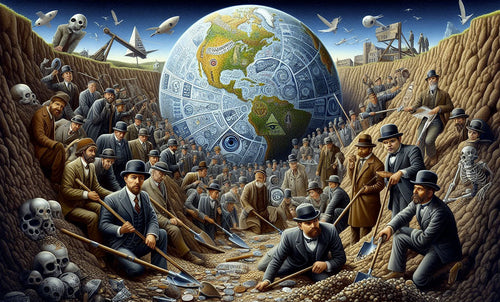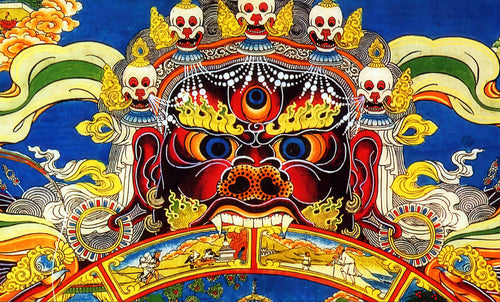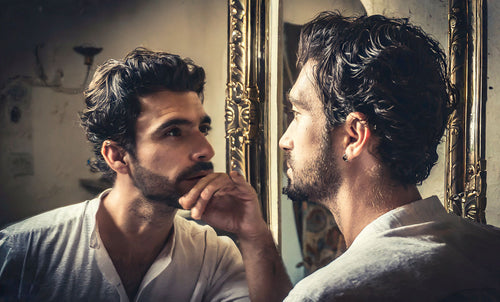
La Lena e le rose d'oro, leggenda e lavoro su di sè
Paola GabrielliIl termine "leggenda"deriva dal latino "legenda"che significa "cose da leggere", ed indicava in origine la storia esemplare della vita di un santo.
Non è questo il caso della Lena, che nulla ha di edificante, se non nel suo opposto.
La Lena e le rose d'oro è una leggenda che ci riporta alle origini della città di Rovereto. Una strana creatura dai capelli verdi si aggira nelle case portando aiuto alle partorienti; ma c'è un prezzo da pagare in termini di vite umane. Sarà l'arrivo di un bel cacciatore a mettere nel sacco la Lena e a ridare la libertà alle creature imprigionate dalla strega.

La leggenda vuole mettere in luce i vizi che attanagliano l'umanità e farne un punto di partenza per lavorare su di sé. Ecco che il lettore è chiamato a scovare i vizi tra le parole, per poi giocarci con il colore, le forme e la scrittura creativa trasformandoli in virtù. Cosa c'è di più bello, se non la possibilità di cambiare ed essere la migliore versione di noi stessi?
Ad ogni vizio è legato il suo complementare. Solo così è possibile raggiungere la virtù.
Un libro che va letto in famiglia, assaporandolo e assimilandolo un poco alla volta. Tutto ciò che conta, ha il passo lento del tempo. Nel seme, attendiamo il fiore e pregustiamo il frutto che maturerà. Così nelle parole, osserviamo il bello e piacevole che ci è dato nella lettura e maturiamo il cambiamento che avverrà, solo se noi lo vogliamo.

Quindi, cosa aspettate? Mettetevi in gioco con La Lena e le rose d'oro e fatene un vostro libro d'artista. Chissà che, trasformando l'informe in forma, non ne esca una storia a colori: la vostra storia.















































